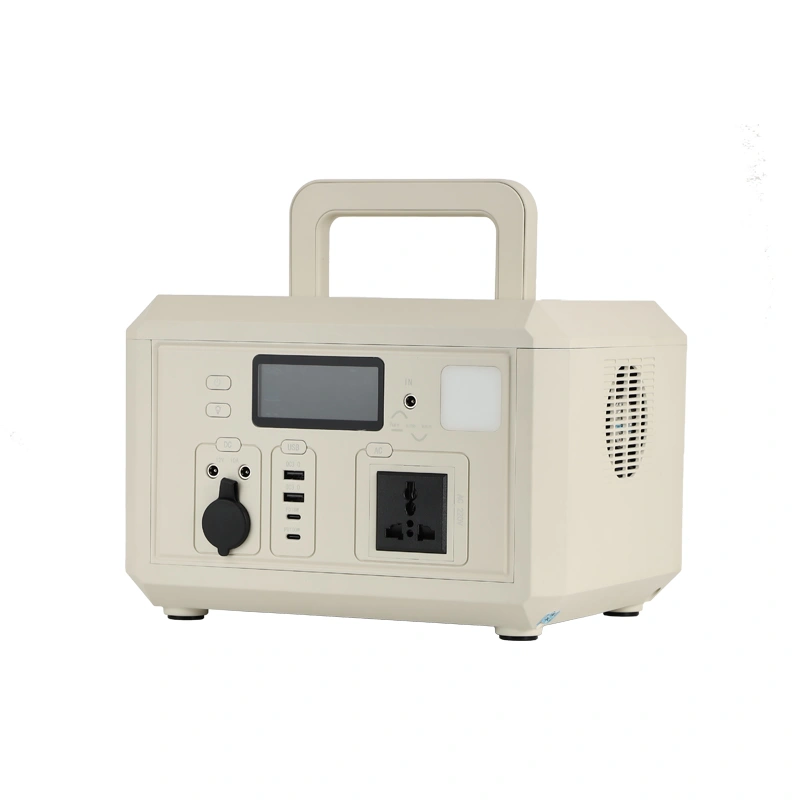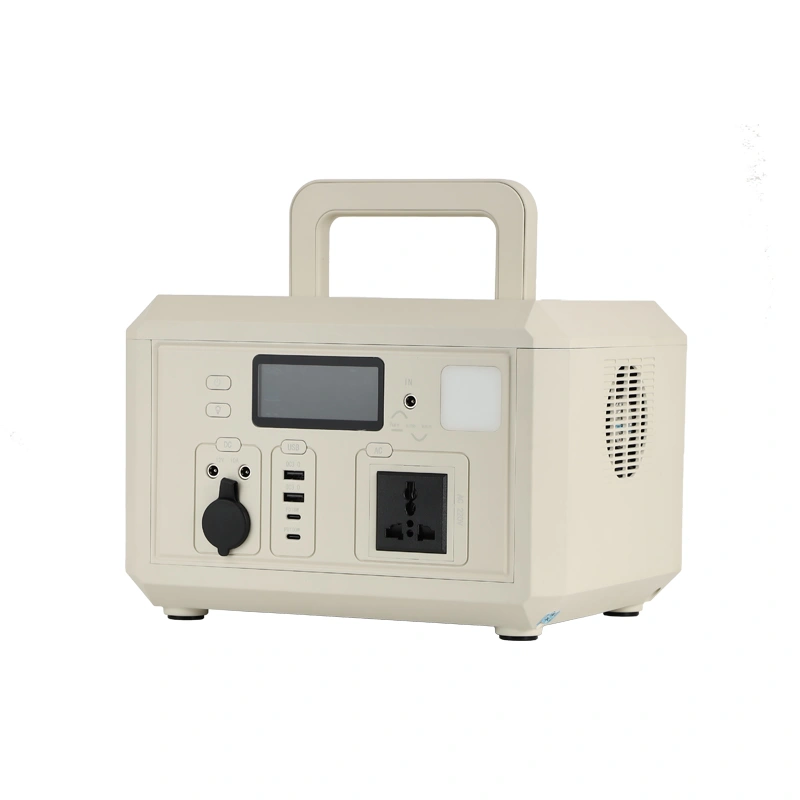
In today's world, staying connected has become essential for both personal and professional purposes. However, access to electricity is not always available, especially in remote areas or during outdoor activities such as camping, hiking, or backpacking. This is where outdoor power supply solutions come into play, providing a reliable source of energy to power devices and appliances when traditional power outlets are not accessible.
The Importance of Outdoor Power Supply
Having a portable power source while engaging in outdoor activities can be crucial for safety, navigation, communication, and entertainment. For example, hikers may need to charge their GPS devices or smartphones to stay on track or call for help in case of an emergency. Campers may want to use portable fridges or lamps for convenience and comfort. Additionally, outdoor power supply solutions can be used to power cameras, drones, and other equipment for capturing memorable moments.
Types of Outdoor Power Supply Solutions
There are various types of outdoor power supply solutions available on the market, each with its own advantages and disadvantages. Some of the most popular options include:
- Portable Power Banks: These are small, lightweight devices that can be charged before going on an outdoor adventure and used to charge other devices as needed. They are ideal for short trips or when only a limited amount of power is required.
- Solar Chargers: Solar chargers harness the power of the sun to charge devices directly or through a battery bank. They are eco-friendly and can provide a continuous power supply during daylight hours, making them suitable for extended outdoor activities.
- Portable Generators: Portable generators are larger and more powerful than power banks and solar chargers, allowing them to power multiple devices simultaneously. They typically run on gasoline, propane, or diesel and are ideal for powering appliances and tools in remote locations.
- Fuel Cell Chargers: Fuel cell chargers generate electricity through a chemical reaction between a fuel (such as butane) and oxygen. They are quieter and more environmentally friendly than portable generators but may require a steady supply of fuel.
- Wind Turbines: Wind turbines can be used to generate electricity in areas with consistent wind patterns. While they are not as portable as other options, they can provide a sustainable power source for off-grid homes and cabins.
Choosing the Right Outdoor Power Supply Solution
When choosing an outdoor power supply solution, several factors should be considered, including the type and duration of the activity, the number and type of devices that need to be powered, and the availability of natural resources such as sunlight or wind. It is also essential to consider the weight and size of the power supply, as well as its durability and ability to withstand harsh weather conditions.
Outdoor power supply solutions have revolutionized the way we engage in outdoor activities by providing a reliable source of energy wherever we go. With a wide range of options available, there is a solution for every adventurer's needs, whether it's a simple power bank for a day hike or a portable generator for a month-long camping trip. By harnessing the power of nature, we can stay connected, powered up, and ready to enjoy all the wonders that the great outdoors have to offer.

